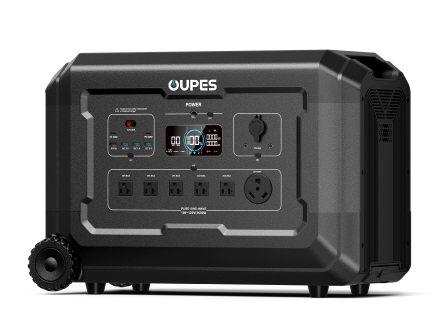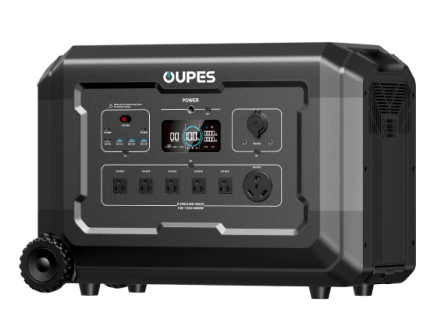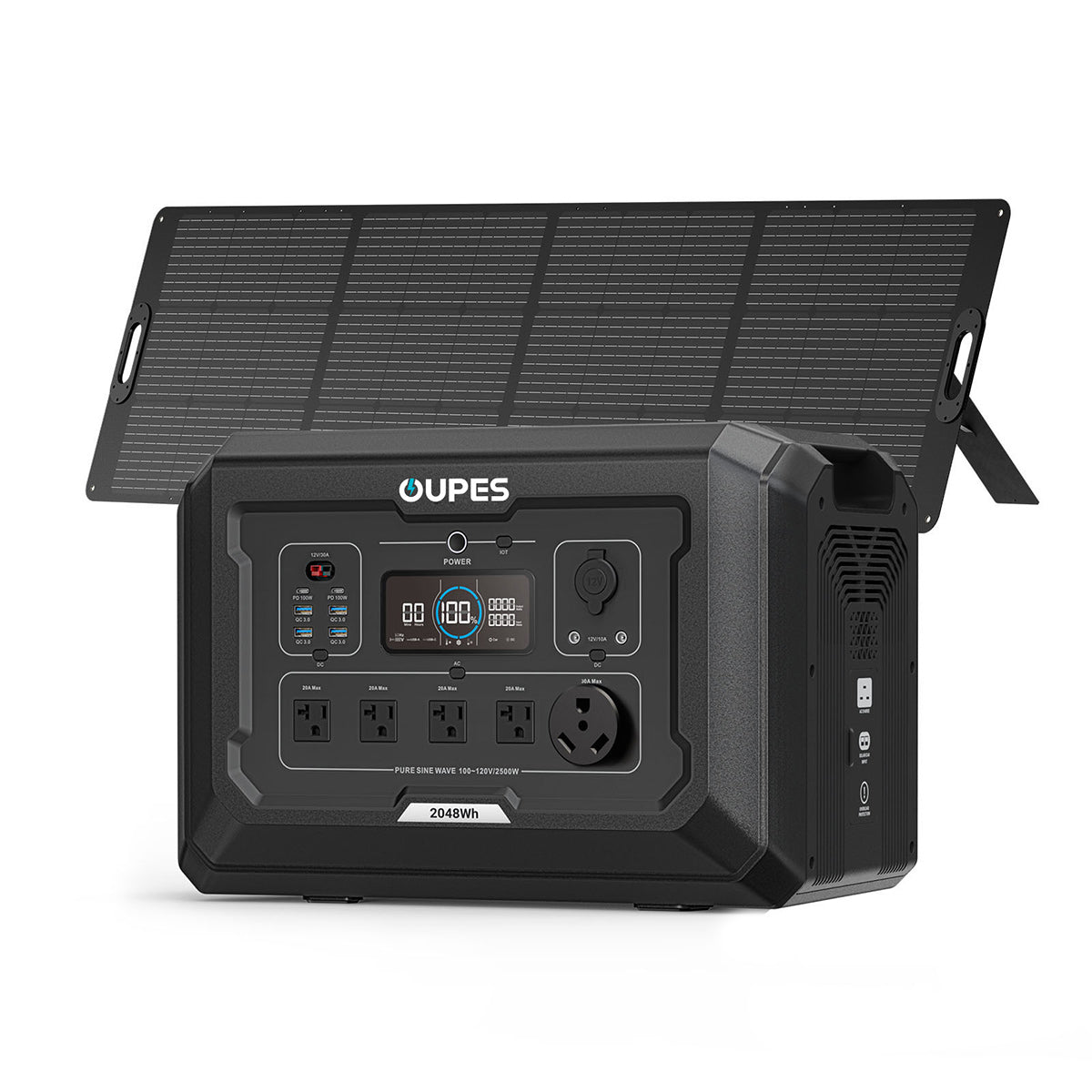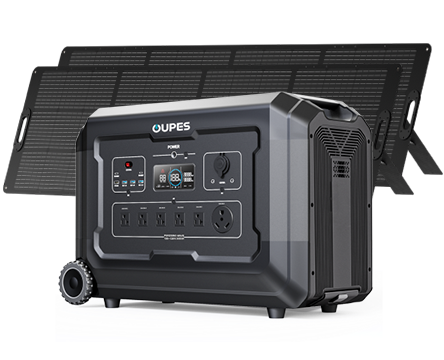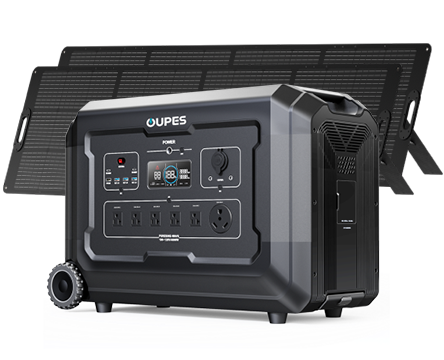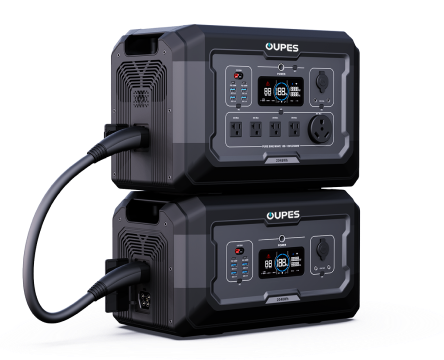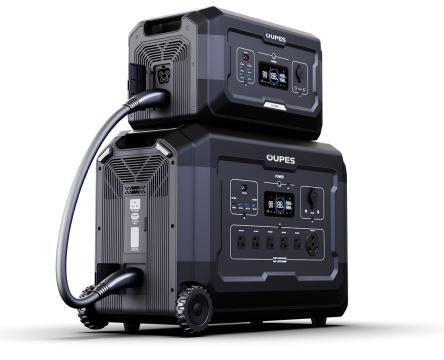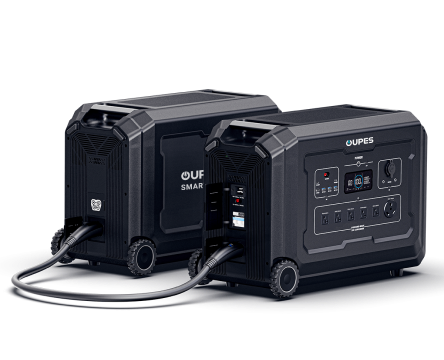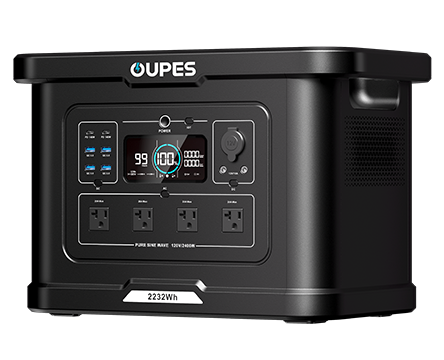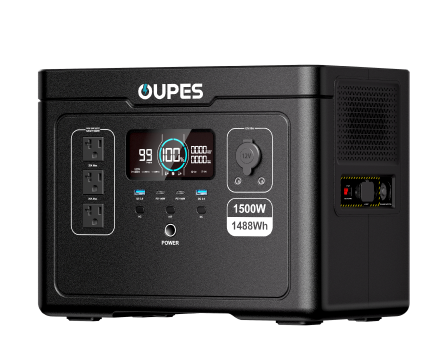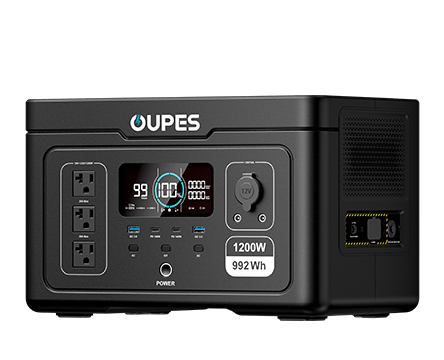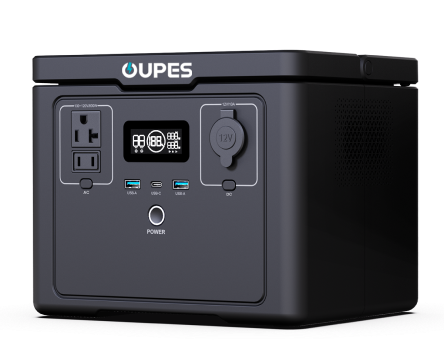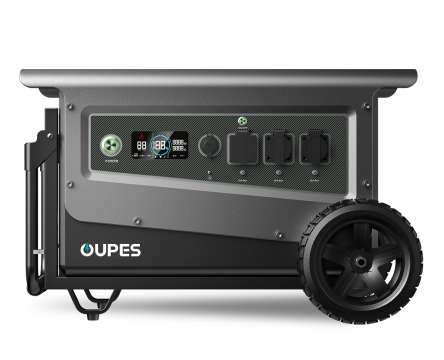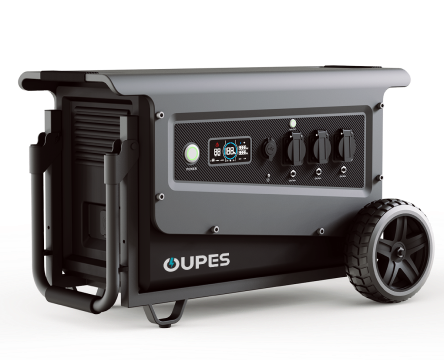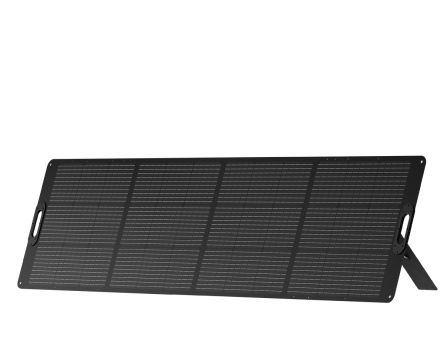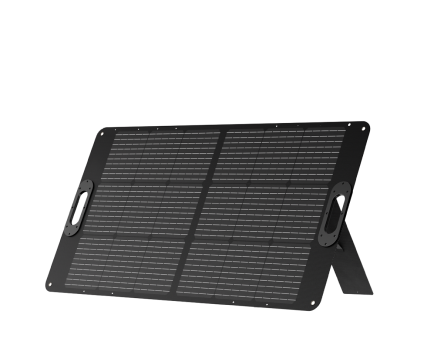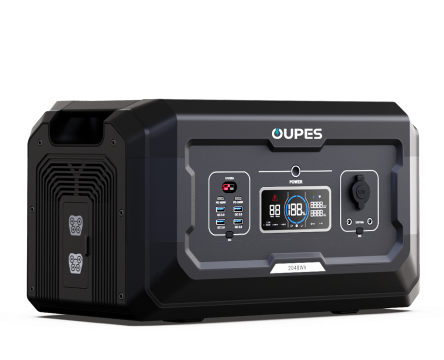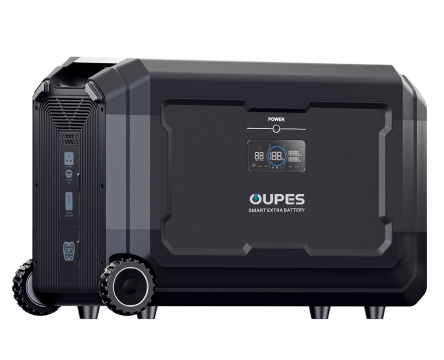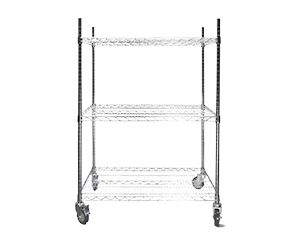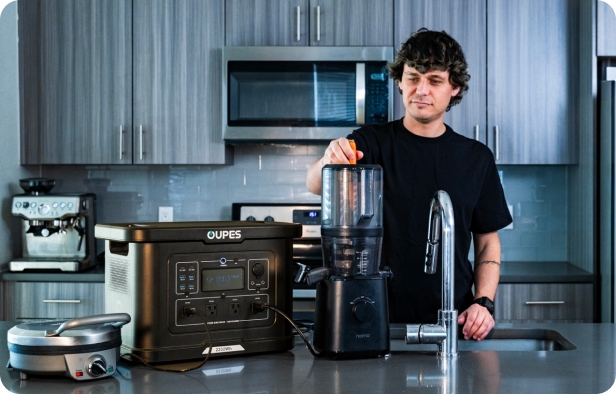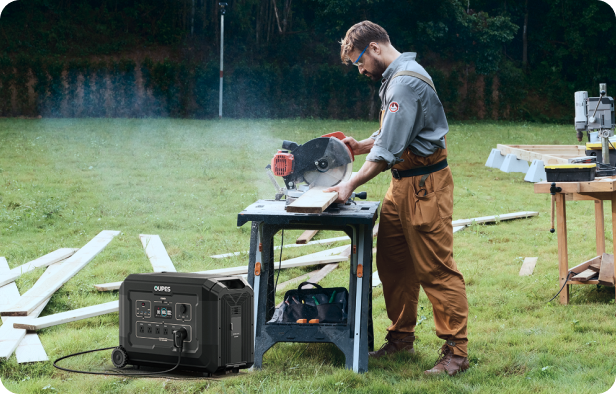
Embarking on the acquisition of a portable solar generator necessitates a critical initial inquiry: precisely what magnitude of power source is required? This question transcends mere technical curiosity; it forms the very bedrock of a satisfactory and functional investment. Selecting a unit with insufficient capacity invariably leads to frustration, its stored energy depleted long before needs are met. Conversely, opting for an excessively large generator burdens the user with unnecessary weight, bulk, and financial outlay for capabilities that remain perpetually untapped. Striking the judicious balance is paramount. It demands a thoughtful appraisal of anticipated energy demands, a process this exploration aims to illuminate. Through careful calculation and contextual understanding, one can confidently identify the appropriately dimensioned power station—ensuring that solutions, like the versatile range offered by OUPES, are chosen not by guesswork, but by precise alignment with purpose.
Determining the optimal size is not an arcane art but a methodical process, grounded in understanding two fundamental metrics: power output, measured in Watts (W), which dictates what devices can be run simultaneously; and energy capacity, measured in Watt-hours (Wh), which governs how long those devices can operate. By meticulously evaluating your specific requirements against these two dimensions, you can navigate the available options with clarity, ensuring your chosen generator possesses both the strength and the stamina to reliably fulfill its intended role, transforming potential energy into practical, accessible power tailored perfectly to your life.
The Power Equation: Deciphering Watts (W) for Output
The initial facet of sizing revolves around immediate power delivery—the generator's ability to meet the instantaneous electrical thirst of your devices. This is quantified in Watts (W). Scrutinizing the specifications of potential power stations reveals two critical wattage figures. The first is **continuous wattage**, representing the steady, sustained energy flow the unit can reliably provide over extended periods. The second, often significantly higher, is **surge (or peak) wattage**. This denotes the brief, potent burst of power the generator can momentarily supply, essential for initiating devices with motors or compressors, known as inductive loads. Think of refrigerators, pumps, or certain power tools; their start-up demands a transient power surge far exceeding their regular running wattage. Therefore, a comprehensive audit of your intended electrical load is indispensable. Catalogue every device you anticipate powering concurrently. Diligently locate their power consumption ratings, typically inscribed on device labels or within manuals (if listed in amps, multiply by the voltage—usually 120V for standard AC—to ascertain watts). Sum the continuous wattage ratings of all appliances and gadgets expected to operate simultaneously. This sum dictates the minimum continuous output your generator must possess. Critically, identify the device with the highest start-up surge requirement; the generator's peak wattage specification must comfortably exceed this figure to prevent shutdowns or potential damage during inductive load initiation. OUPES generators clearly delineate both continuous and surge capacities, enabling precise matching to prevent overload scenarios and ensure smooth, uninterrupted operation of your essential equipment.
The Energy Reservoir: Calculating Watt-Hours (Wh) for Runtime
Beyond the immediate power output, the crucial determinant of operational duration—how long your devices can run before the generator requires replenishment—is its **energy storage capacity**, universally measured in Watt-hours (Wh). Consider this the depth of the well, the quantitative measure of the unit's energy endurance. Calculating your required Watt-hour reservoir involves a straightforward yet vital multiplication. For each device you intend to power, multiply its operational wattage (W) by the anticipated number of hours (h) you expect to run it between generator recharges. Sum these individual Watt-hour figures for all devices to arrive at your total projected energy consumption. For instance, operating a 50W portable fridge for 10 hours demands 500Wh (50W x 10h), while charging a laptop drawing 60W for 4 hours requires 240Wh (60W x 4h). Your total minimum capacity need, in this simplified example, would be 740Wh. However, real-world efficiency necessitates incorporating a buffer. Inverter operation inherently involves some energy loss during the DC-to-AC conversion process. Therefore, it is prudent practice to inflate your calculated Watt-hour requirement by approximately 15-20% (divide your total Wh by 0.85 as a general guide) to ensure adequate usable energy. Furthermore, variable power draws and ambient temperature fluctuations can also influence actual runtime. This comprehensive Watt-hour calculation directly informs the selection of an appropriately sized OUPES generator, whether from the adaptable Exodus series or the high-capacity Mega lineup, ensuring the chosen unit possesses the necessary energy stamina to sustain your operations for the desired duration.
Contextualizing Capacity: Real-World Scenarios and Considerations
Abstract calculations gain tangible meaning when contextualized within practical applications. The "right size" crystallizes when theoretical energy needs are mapped onto lived experiences. For **light-duty usage or brief excursions**—perhaps a weekend camping trip focused on keeping smartphones charged, illuminating a tent with LED lights, and powering a small Bluetooth speaker—the power and energy demands are relatively modest. Here, lower capacity units, perhaps in the 250Wh to 600Wh range like certain OUPES Exodus models, offer an optimal blend of sufficient power and enhanced portability, easily transported and adequate for sustaining essential electronics for a day or two. Their accessible price point reflects this focused utility. Stepping up to **moderate requirements**, such as those encountered during extended camping, RV journeys, or supporting a remote workstation, necessitates greater reserves. Running a portable electric cooler consistently, operating laptops for work, powering small kitchen appliances, or utilizing medical devices like CPAP machines demands both higher continuous output (potentially 1000W-2000W) and significantly more energy storage (likely 1000Wh to 2000Wh, aligning with models like the OUPES Exodus 1200, 1500, or the Mega 1). The investment increases, commensurate with the expanded capability and duration offered. For **heavy-duty applications or robust home backup** during power outages, the scale shifts dramatically. Sustaining refrigerators, freezers, sump pumps, essential home circuits, or multiple high-draw appliances requires substantial continuous and surge wattage (2000W+ continuous, 4000W+ surge are common benchmarks) coupled with extensive energy capacity (2000Wh minimum, often extending to 3000Wh, 5000Wh, or more via expandable units like the OUPES Mega series). These high-capacity solutions represent a significant commitment to resilience. It's also vital to consider the **recharging factor**. Frequent and reliable access to solar charging or AC power can potentially mitigate the need for an exceptionally large initial Wh capacity, as replenishment is readily available. Conversely, limited recharging opportunities necessitate a larger upfront energy reservoir to bridge the gaps.
The OUPES Spectrum: Aligning Models with Calculated Needs
Navigating the sizing process culminates in selecting a specific generator model that precisely aligns with your meticulously calculated requirements. Recognizing the diverse spectrum of user needs, OUPES thoughtfully provides a comprehensive portfolio of portable power stations, spanning a wide range of capacities and output capabilities. This intentional variety, from the nimble Exodus series designed for portability and essential power, to the formidable, high-capacity Mega series engineered for demanding applications and home backup, ensures that users can identify a unit tailored to their specific energy profile. Whether your calculations point towards a sub-1000Wh unit for light adventures or a multi-kilowatt-hour powerhouse for ultimate preparedness, the OUPES lineup offers corresponding solutions. This structured approach allows for a targeted selection, preventing the inefficiency of over-sizing or the frustration of under-sizing. Furthermore, this commitment to providing appropriately scaled options intersects powerfully with the OUPES emphasis on value. By selecting the *correctly* sized generator—imbued with the longevity and safety of LiFePO4 battery technology and efficient power delivery—users invest prudently, acquiring precisely the capability needed without extraneous expense. It reflects a philosophy of empowering users with reliable, sustainable energy solutions that are not only technologically advanced but also economically sensible, making dependable portable power an attainable reality.
In conclusion, determining the requisite size for your portable solar power generator is a critical exercise in self-assessment and calculation, pivotal to ensuring the chosen unit serves as a reliable and effective energy resource. The process hinges on two distinct yet interconnected calculations: quantifying the simultaneous power draw of your devices in Watts (W) to determine the necessary output capability (both continuous and surge), and estimating the total energy consumption over time in Watt-hours (Wh) to ascertain the required battery storage capacity for desired runtime. Meticulous attention to both dimensions is essential for optimal performance.
By undertaking a thorough audit of your specific power needs—considering the types of devices, their consumption rates, anticipated usage durations, and potential start-up surges—you equip yourself with the data needed to make an informed decision. Armed with these personalized calculations, you can confidently navigate the spectrum of available options, selecting an appropriately dimensioned OUPES generator, secure in the knowledge that its capabilities are precisely tailored to your requirements, ready to deliver dependable, clean power whenever and wherever your life demands it.


